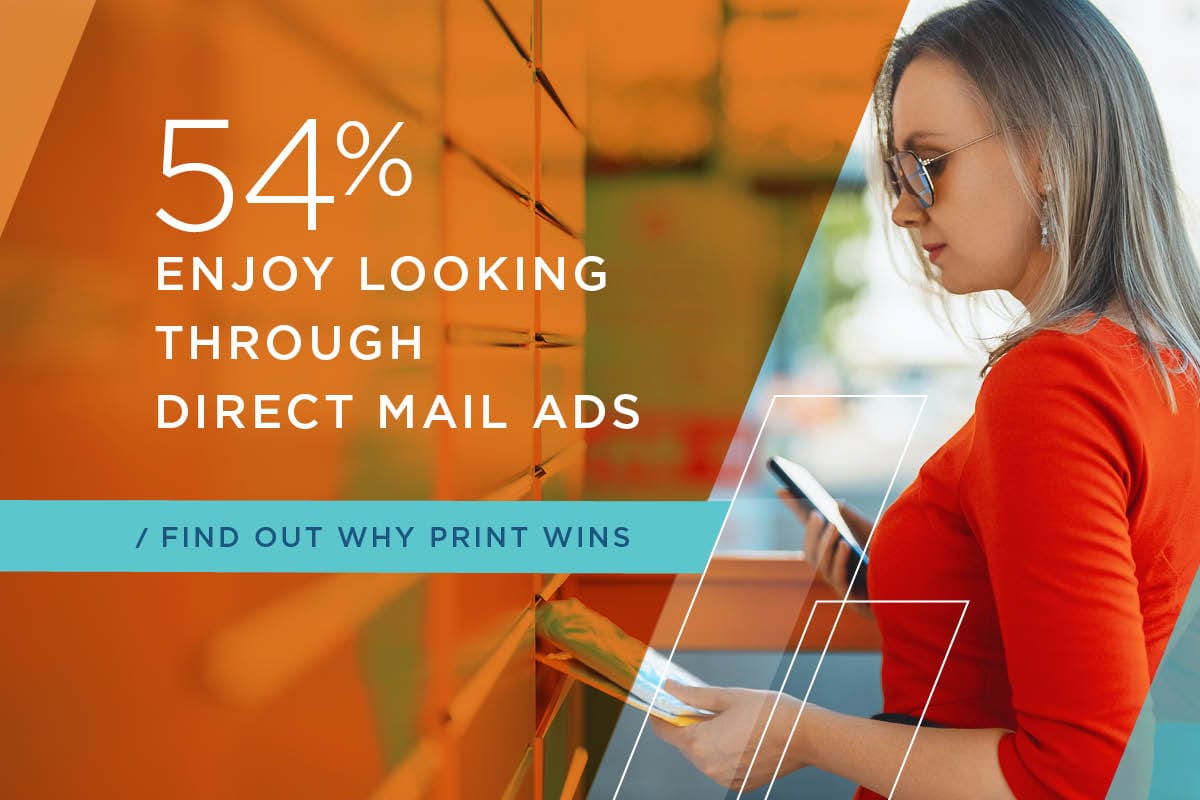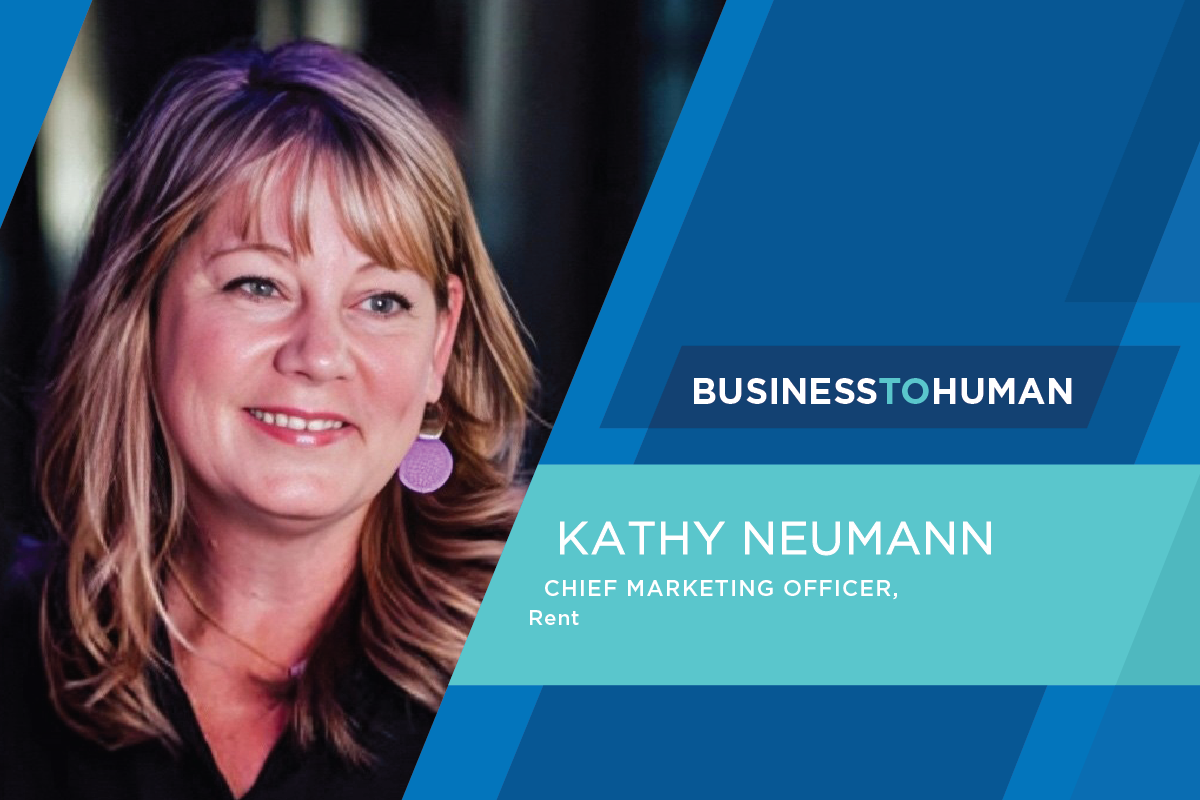Summary
- For most marketers, reaching your target audience is the first step in a successful advertising campaign.
- Frequency (or repeat exposure) of the message is the second.
- Things to consider: Exposure does not equal frequency; increased frequency can be the key to success; and the role of frequency varies by category of product or service promoted.
Once your campaign’s target audience is defined and the media mix is chosen, it’s time to think about frequency. In the context of advertising, frequency can be defined as the number of times a person is exposed to an advertisement or the number of times an advertisement is repeated through a specific medium over a specific time period.1
The key to deciding on frequency within shared mail or newspaper advertising rests in the following:
- Exposure does not equal frequency
- The reason to deviate from a 3x frequency “rule of thumb”
- A clear understanding of your specific campaign objectives and the role frequency will play
- Considering the frequency benchmarks for each media
The role of frequency is to drive curiosity, recognition, and decision. For decades, marketers have relied on the belief that a frequency of three is all that is needed to get to the decision. But is it really that simple? This belief is based on the definition, by Herbert E. Krugman2, of consumer’s reactions to each exposure, in an essay about effective frequency. Krugman never actually stated that a 3x frequency is required in media advertising. Rather he spoke of a 3x exposure in terms of psychological response:

The third and subsequent exposures act as a reminder of the “What is it?” and “What of it?” It will position the consumer as being able to quickly react when the time comes to make a decision.
Marketers should also remember that exposure is not equal to frequency. Frequency is the number of times a message/advertisement is paid to be placed in a medium. Exposure, however, only occurs when the message is read, viewed, or heard by the consumer. Due to today’s crowded media landscape, consumers’ evolving media habits, and scattered media engagement, an ad may need more than three times and via a variety of media to expose a consumer to a message and move them through the psychological response laid out by Krugman.
Following are several reasons for increasing frequency:
- Your competitors are advertising … a lot
Remember, you are not alone in trying to get the attention of your target audience. The more competitors advertise, the greater the frequency needed to gain share of voice. Four or five times may be required in a cluttered environment.3 - A large number of companies are advertising in the medium you selected
You selected that medium because it gets a lot of attention from your target audience. So did a number of other companies in and outside of your category. More frequency will be required to ensure consumers see and process your message. - Your product/brand has lower recognition or loyalty than the competition
For example, a new product or brand introduction will require greater frequency to get consumers’ attention, build trust, and start processing the message. - You have a short window of time to generate the desired action
With less time to impact the purchase decision process, marketers will need to accelerate the path to purchase. Adding frequency in a shorter time period will increase the opportunity for people to see and process the advertising message, ultimately moving them faster to decision. - Your message is difficult to understand
When things aren’t simple, it bears repeating and repeating again. An example of this can be seen with health insurance companies. Typically, in the second and third quarters, these companies continue to increase ad frequency to bolster message understanding in a health insurance landscape transformed by the Affordable Care Act years ago. - Media engagement is low
As a by-product of consumers’ multi-tasking habits, engagement can be lower for some media in specific situations. If consumers can easily skip your ad (think DVR and television), additional frequency will be needed to secure exposure and reaction to your message.
Your campaign’s target audience is defined, the media mix chosen; now it’s time to think about frequency.
Frequency is the necessary tactic to drive customers’ exposure to a message, product, or service. Repeat exposure leads to a decision, which in turn, leads to action. Ultimately, frequency is essential to achieving your advertising campaign goal: driving consumers to action.



